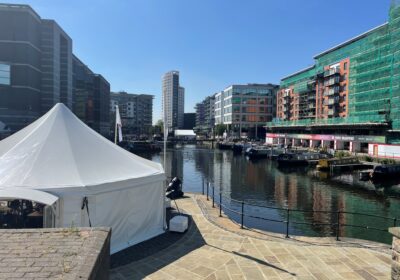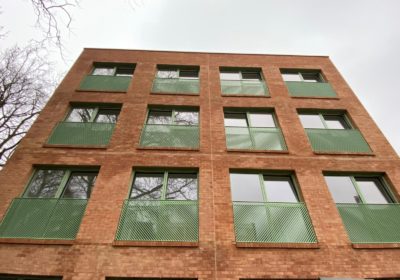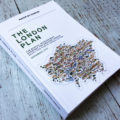Blink and you might have missed last month the GLA published a Research Note endorsing that building new homes actually makes all homes affordable. To many this is hardly earth-shattering stuff. However, I have heard plenty of individuals claim that new homes don’t help the affordability crisis. Some of whom are senior public officials in the built environment. The research is valuable because it weakens the hand of those who wish, whether it be for NIMBY purposes or ideological reasons, to prevent the building of new market homes.
The compilation of studies illustrates that new homes tend to be bought by local people with high incomes which means they make way for someone else to buy their existing home for less. It’s a chain which links down through incomes and offers those at the bottom something better. One study of the effect of house prices in New York within a 250 metre radius showed that the inclusion of a new housing scheme reduced rents by around 6%.
The GLA note also observed that in the UK, because we don’t collect enough housing data, we have to rely on other parts of the world which do it a lot better:
Due to the paucity of both kinds of data in the UK, most of this research comes from other countries – but generally from contexts that are comparable to the UK more broadly and to London in particular.
It’s a national disgrace that we do not properly collect planning and development data in this country. It means we cannot learn from our mistakes and allows politicians both locally and nationally to hide behind easy rhetoric and outdated ideology. See my blog post from 2021 where I warm to this theme further. It’s the reason why we are in a perpetual doom loop when it comes to solving the housing crisis.
Just imagine if we could analyse performance and output on a local level. Imagine if we had league tables which compared the performance of towns and cities for delivering different types of sites. Armed with information, we can have grown up discussions about finding solutions which would help us all.








